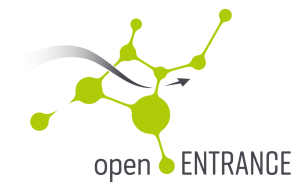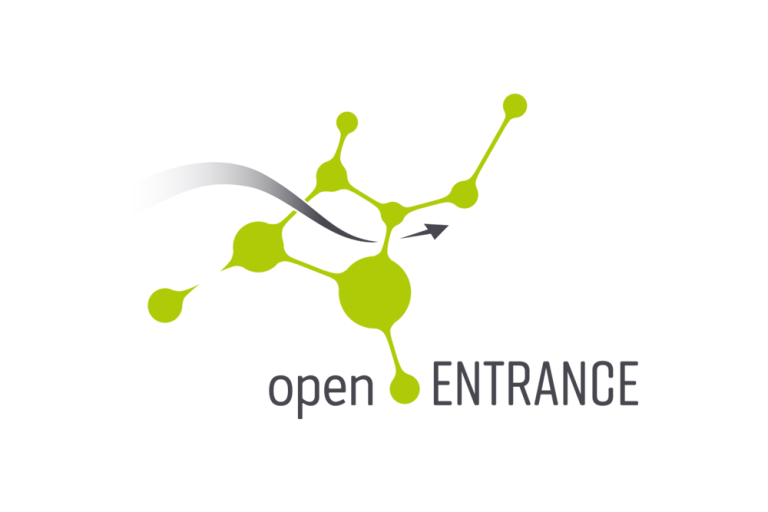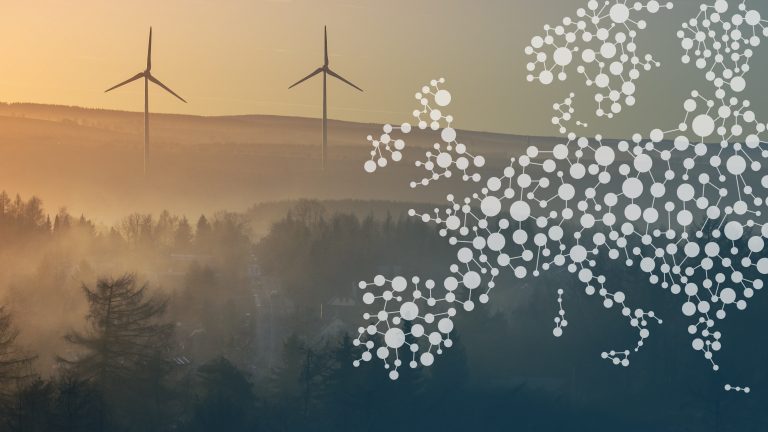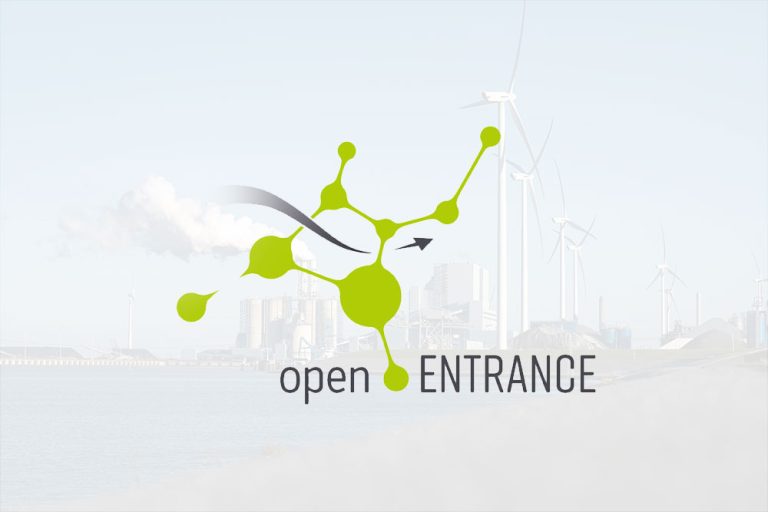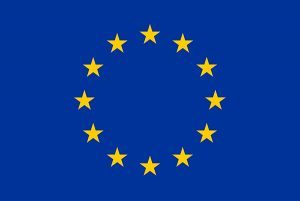On 6 and 7 May 2019 the openENTRANCE consortium met for the first time hosted by the project’s coordinating partner SINTEF Energi AS at its Brussels offices.
The two-day meeting started with a presentation by Ingeborg Graabak (Sintef Energi, and openENTRANCE project coordinator) about the project and the milestones achieved until the moment, such as the high score achieved by openENTRANCE in its proposal phase towards the European Commission. After that, project partners were introduced to the guidelines for the project’s implementation by the project officer from INEA, agency under which openENTRANCE is overseen.
The meeting continued by Hans Auer (TU Wien) presenting about the scenario building exercises, as scenarios will be delivered to the open modelling platform to be used by modellers inside and outside the openENTRANCE consortium. After that, Daniel Huppmann (IIASA) presented the plans for the open modelling database, as well as template options to use during the entire modelling process. An area tightly linked to the open database is the suite of modelling tools, which was presented by Luis Olmos (Universidad Pontificia de Comillas). In this regard, the aim is to build a toolbox of the different models to be used in the project, as the models will be interlinked through the open database. Sandrine Charousset (EDF), in charge of the openENTRANCE case studies, presented the eight draft case studies, which aim at showing the adequacy and relevance of the modelling platform. This was followed by a presentation by Pedro Crespo del Granado (NTNU) who introduced the plans and ambitions for the scenarios to be used in the modelling exercises of the project, which should go beyond existing scenarios for energy transition modelling. On the communications side, Iker Urdangarin (World Future Council) introduced the communication activities planned, as well as the first logo proposals to the partners, which were voted. The first meeting day concluded with Petter Støa (Sintef Energi) presenting the plans for stakeholder engagement, which will include policy makers, academia, energy companies, industry and other businesses, civil society organisations, etc. openENTRANCE aims to build a bi-directional relation with stakeholders and offering a platform where research on energy systems can be carried out.
The second meeting day started by Karlo Hainsch (TU Berlin) presenting the Global Energy System model GENeSYS-MOD, part of the project’s modelling platform. The model is a cost-optimising linear program, focusing on long-term developments of the energy system, with a detailed approach to sector coupling of the electricity, heat and transport sectors. Then, partners discussed on using the results from GENeSYS-MOD to compare it with the outcomes from MESSAGEiX-GLOBIO, another model to be used by the project, and which is an integrated assessment model for long-term energy system planning and policy analysis in the context of climate change and sustainable development. The day continued with deeper discussions on the open database, communication activities and the plans for the project workshops.
The kick-off meeting also allowed for plenty of networking and informal interaction helping to build a solid cooperation base among project partners, who come from different kinds of organisations and countries across Europe.
